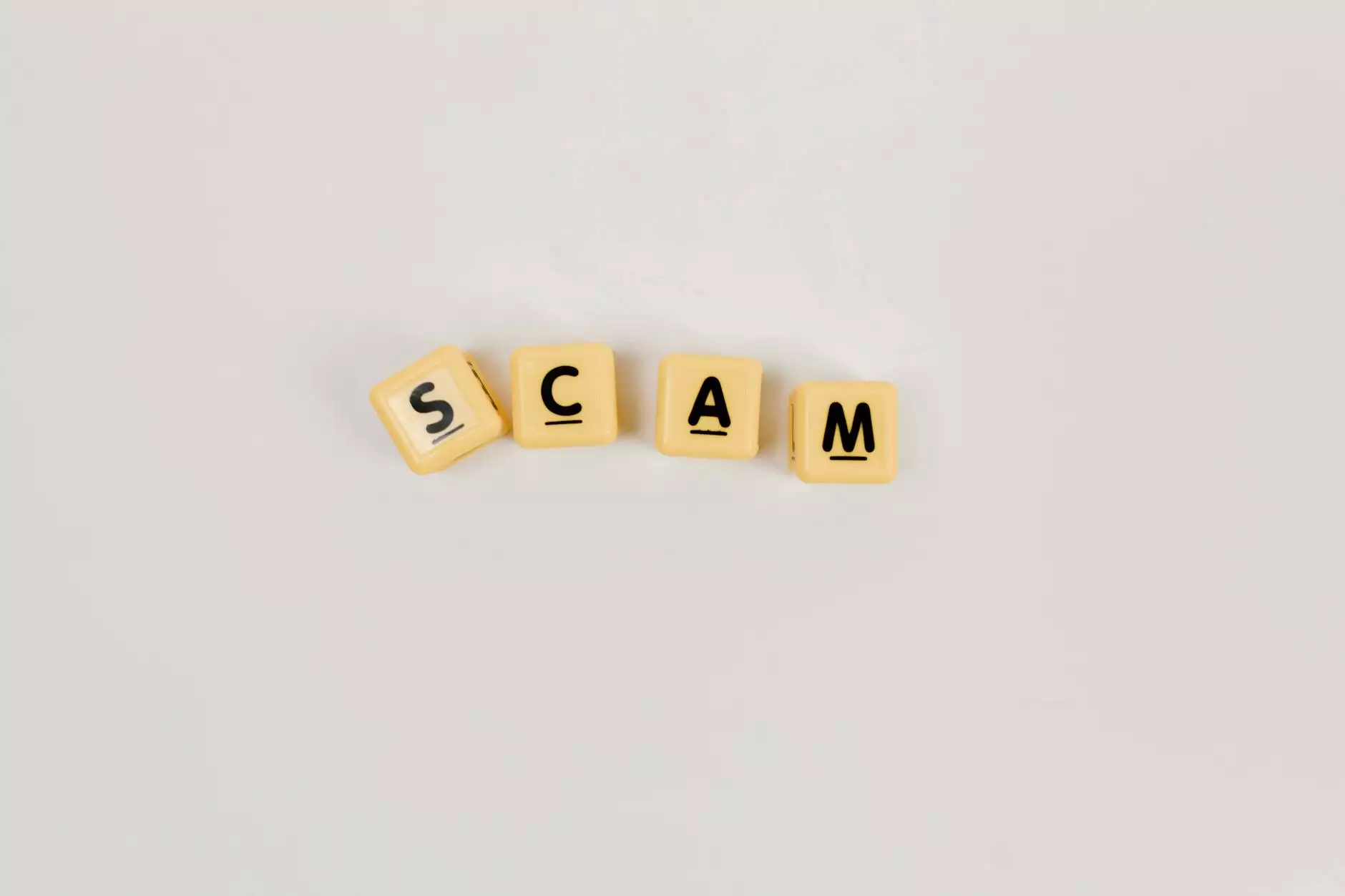Understanding Business Security: Vishing, Smishing, and Phishing

In today's digital-first world, understanding the nuances of business security has never been more critical, especially when it comes to fraud protection. As businesses evolve, so do the tactics employed by fraudsters. This article delves into three prevalent fraud forms: vishing, smishing, and phishing. We will explore their definitions, how they affect businesses, and strategies to protect against these threats.
What is Vishing?
Vishing, or voice phishing, is a type of fraud where attackers use phone calls to deceive victims into providing personal or financial information. Typically, these calls appear to come from legitimate sources, making it difficult for individuals to discern the truth.
How Vishing Works
In a typical vishing attack, the fraudster might pose as a representative from a bank or government agency. They often employ tactics such as:
- Urgency: Implying that immediate action is required to secure one’s account.
- Fear: Using threats of legal consequences or financial penalties.
- Impersonation: Pretending to be someone familiar, such as a supervisor or colleague.
Recognizing Vishing
It’s crucial for businesses to train their employees to recognize signs of vishing, which may include:
- Requests for sensitive information over the phone.
- Unusual caller IDs or numbers.
- High-pressure tactics to divulge information quickly.
What is Smishing?
Smishing refers to SMS phishing, where fraudsters use text messages to lure victims into providing personal information or money. This method exploits the fact that people often trust messages received on their mobile devices.
How Smishing Works
Smishing attacks typically involve:
- Linking to Fake Websites: Text messages may include links to fake websites that mimic legitimate ones.
- Incentives: Encouraging individuals to click on links by offering rewards or prizes.
- Urgent Alerts: Sending messages that claim urgent account issues that must be resolved via a provided link.
Identifying Smishing Attempts
Businesses should inform employees about common signs of smishing, such as:
- Unknown numbers sending unsolicited messages.
- Messages featuring spelling or grammatical errors.
- Unrequested attachments or links to unverified websites.
What is Phishing?
Phishing is a broader term encompassing various fraudulent techniques to obtain sensitive information through deceptive emails, messages, or websites. Phishing can occur via email, direct messaging apps, or even social media platforms.
How Phishing Operates
Phishing attacks often involve:
- Deceptive Emails: Sending emails that look like they come from reputable sources, prompting the recipient to click on malicious links.
- Fake Websites: Creating websites that closely resemble legitimate ones to harvest login credentials.
- Manipulative Messaging: Using emotional triggers to hasten the decision-making process for victims.
Spotting Phishing Scams
It is essential for businesses to educate their employees on identifying phishing scams, including:
- Emails from unrecognized sources that request sensitive data.
- Poorly written content with incorrect branding elements.
- Requests for immediate action that direct users to unfamiliar links.
The Consequences of Vishing, Smishing, and Phishing
Each of these fraudulent techniques can have devastating implications for businesses, including:
- Financial Loss: Direct theft of funds, or indirect losses from disruptions.
- Data Breach: Compromise of sensitive customer or business information.
- Reputation Damage: Loss of customer trust and damage to brand integrity.
Protecting Your Business Against Vishing, Smishing, and Phishing
Being proactive is the best way to shield your business from these attacks. Consider implementing the following strategies:
1. Employee Training and Awareness
Conduct regular training sessions that detail the dangers of vishing, smishing, and phishing. Employees should be informed about:
- The types of scams they may encounter.
- Safe practices for handling sensitive information.
- How to report suspicious activities.
2. Implementing Strong Security Protocols
Establish stringent security protocols, including:
- Two-Factor Authentication (2FA): Adding an extra layer of security to sensitive accounts.
- Regular Software Updates: Ensuring all systems are up-to-date to protect against vulnerabilities.
- Anti-Phishing Tools: Utilizing technology that can detect and flag phishing attempts.
3. Monitor Communications
Consistently monitor company communications for unusual activities, such as:
- Unexpected requests for sensitive information.
- Unusual transactions or alterations in communication patterns.
- Encouraging employee vigilance regarding threats.
4. Develop a Response Plan
In the event of a successful attack, it is essential to have a well-defined response plan that includes:
- Identifying and containing the breach.
- Informing affected parties responsibly.
- Conducting a thorough investigation to prevent future occurrences.
Conclusion
Tackling the sophisticated threats posed by vishing, smishing, and phishing requires an unwavering commitment to security practices within your business. By fostering a culture of awareness, implementing robust security measures, and preparing to respond effectively, businesses can significantly mitigate the risks associated with these prevalent fraud tactics. Protect your enterprise by prioritizing education and vigilance against fraud in all its forms.
For further insights and resources on maintaining a fraud-free business environment, visit fraudcomplaints.net.
vishing smishing phishing








